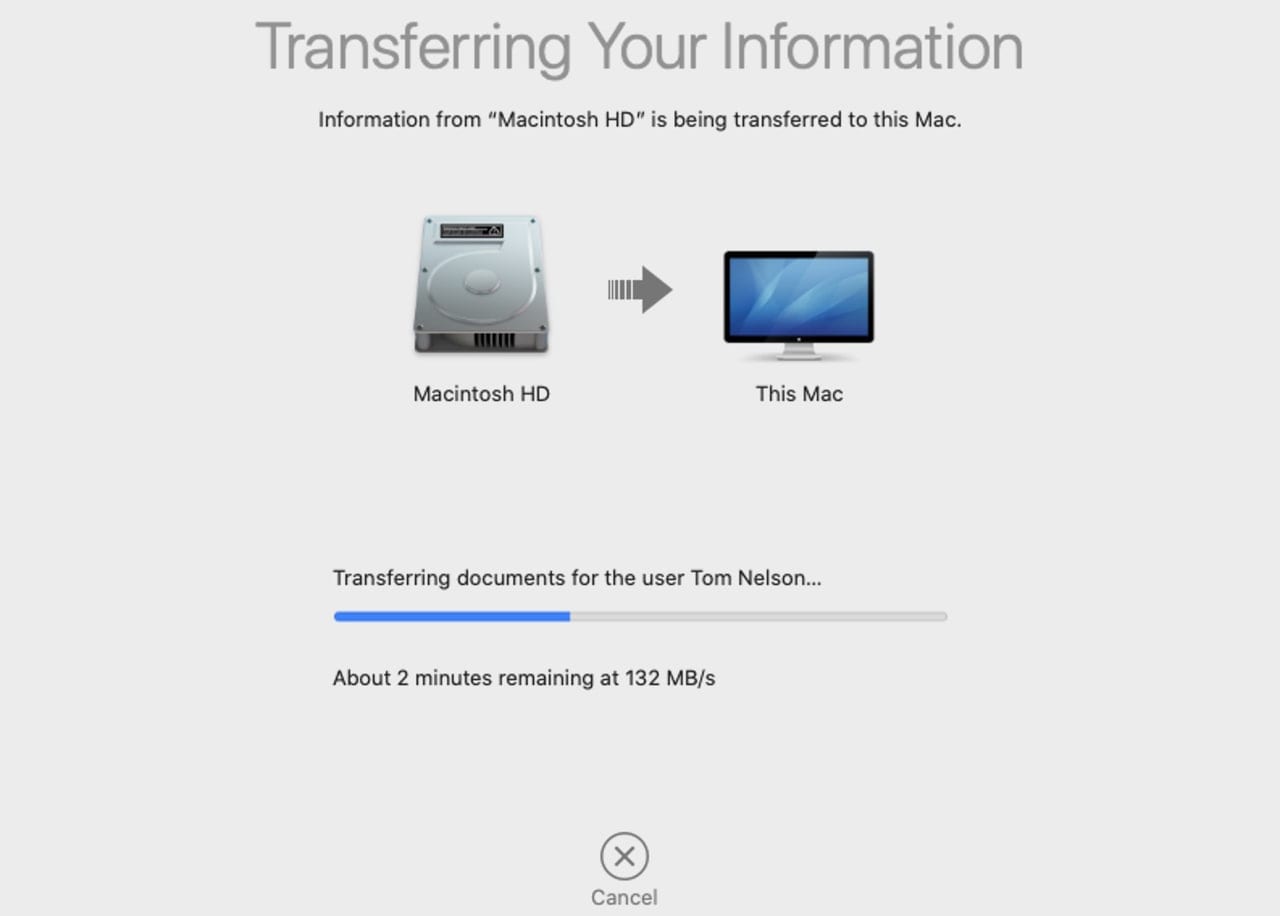Rocket Vs Target Mac OS
Make Rocket Dock Look EXACTLY Like Mac OS X's Dock: Welcome! Im just going to show you a Very Detailed Guide to make you're Rocketdock look like a MAC OS X Dock;) Enlarge the image to see the End result -FOR WINDOWS VISTA- Check out my Mac OS X Cursors for Vista Here Check out my Mac. ISCSI is a network storage protocol that allows sending and receiving of SCSI commands over a TCP/IP network. This allows you to leverage Ethernet, a low cost network medium to get SAN performance and network based storage. While you can use pretty much any Ethernet switch, I’d recommend that if you’re going to use iSCSI Continue reading How to use iSCSI on Mac OS X. Select that volume as the OS you want to boot, and a few seconds later, you will see the user login screen from your target Mac load on your host Mac. Your host Mac is now successfully running your target Mac’s OS. Using Target Disk Mode, we have booted the 15' MacBook Pro's OS on the 13' Macbook Pro. We are greeted with the user login screen.
May 4, 2013
(Updated May 5, 2013 to include weak_import)

I used to have a WordPress blog. I no longer update that blog, because it became a PITA to constantly update WordPress. Also, my desire to help people waned after the infiltration of our little Mac community by the horde of iOS developers. No offense. Well, not much offense. Nonetheless, I occasionally have something helpful to say to people. So, I'm just going to write a self-contained article here, with no promise of any future articles. I'm so serious about no promises that I'm not even setting up an RSS feed for articles, and if you know me, that's telling.
Enough chit-chat, on to business. Speaking of business, my company's apps still run on Mac OS X 10.6 Snow Leopard. However, the latest version of Xcode does not contain the Mac OS X 10.6 SDK. As the Church Lady would say, 'How convenient!' Therefore, in order to build our apps with the latest Xcode, we have to set the SDK to Mac OS X 10.7 and the Deployment Target to 10.6. The problem with this setup is that if we accidentally use API that only exist on 10.7, then there is no build warning, but the app will crash at launch on 10.6. How convenient!
My friend Paul Kim was lamenting this issue recently, and my friend Daniel Jalkut pointed us toward a possible solution on Stack Overflow. (I call them my friends. They probably hate my guts, but at least we speak frequently.) This solution was designed for iOS, though, and didn't seem to work for Mac OS X. That's where I came in. I decided to hack at it until I found a solution for Mac OS X, and I believe that I did. Put the following code in your prefix header (.pch file):

We are redefining macros in the system headers. Redefining AVAILABLE_MAC_OS_X_VERSION_10_7_AND_LATER takes care of methods introduced in 10.7, which are marked in the headers by NS_AVAILABLE() or NS_AVAILABLE_MAC().
Redefining NS_CLASS_AVAILABLE takes care of classes introduced in 10.7, which are marked in the headers by NS_CLASS_AVAILABLE() or NS_CLASS_AVAILABLE_MAC(). See <Foundation/NSObjCRuntime.h> for the original definition of those macros, which I won't paste here.
When you use my prefix header above, you will get a deprecation build warning whenever you use 10.7 API with a 10.6 deployment target. Why have a deprecation warning rather than throwing an error? Because this allows you to conditionally use the 10.7 API when running on Mac OS X 10.7. In order to intentionally use 10.7 API, you need to compile out the build warning. For example:
Obviously, my solution only works with the 10.7 SDK and 10.6 Deployment Target. You'll have to modify it if you use a different SDK or Deployment Target. I haven't been able to think of a general-purpose solution to this problem, that works with all SDKs and Deployment Targets.
Mac Os Target Disk Mode
That's it for now. Please leave any questions or corrections in the comments section below. Love, Jeff.